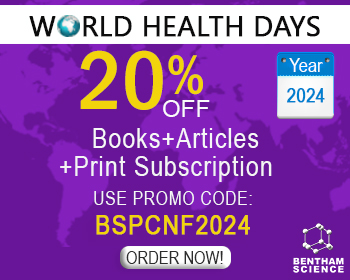Abstract
The prominent role of interleukin (IL)-12 in inflammatory responses, especially in TH1 T cell differentiation, is well established. Moreover, in murine models of tumorigenesis, IL-12 displays remarkable antitumor properties that are mainly mediated by interferon (IFN)-γ secretion by CD4+, CD8+ T cells, natural killer (NK) or NK-T cells. Importantly, IL-12 through IFN-γ-dependent induction of the antiangiogenic factors interferon-inducible protein (IP) 10 and monokine induced by gamma interferon (MIG) contributes to tumor eradication. Recently, the structurally similar but functionally different cytokines IL-23 and IL-27 were discovered and related to the IL-12 family of cytokines. Each of those cytokines has its own specific effects on tumor growth. Similarly to IL12p70, antitumor effects of IL-27 are mediated via the IFNγ- IP10/MIG-axis and tumor-specific increase of cytotoxic T-lymphocyte activity. Additionally, IL-27 itself may mimic the function of IFN-γ due to the similarity in usage of JAK/STAT signalling molecules such as STAT1. The role of IL-23 in tumor growth to date is controversial. Whether IL-23 acts pro- or anticancerogenic seems to depend on a critical balance of STAT3 signalling in both the tumor and the immune cellular microenvironment of the tumor. At least for solid tumors the promising results from preclinical studies of systemic and on-site IL-12-based therapy did not prevail in clinical studies. In future combinatorial approaches using IL-12 together with other cytokines or antiangiogenic molecules have to be evaluated. This review focuses on anticancer effects of the IL-12 family in preclinical and clinical studies with an emphasis on colorectal cancer.
Keywords: Colorectal cancer, interleukins, IL-12 family, Anticancer, IL-12, interleukin (IL)-12, TH1 T cell, differentiation, tumorigenesis, interferon (IFN)-, CD4+, CD8+, T cells, natural killer (NK), NK-T cells, antiangiogenic factors, interferon-inducible protein (IP), IL-23, IL-27, IL12p70, JAK, STAT, IL-12-based therapy, heterodimeric complexes, antiangiogenic, p35, p40, IL-12Rb1, IL-12Rb2, Janus kinases, Tyrosin Kinase, natural killer, –, stimulating factor, antigen-presenting cells (APCs), intracellular pathogens, pathogen-associated molecular patterns (PAMPs), T-bet tran-scription factor, IL-12R1, p28, EBI3, Epstein-Barr virus-induced gene 3, gp130, IL-6, IL-35, IL-17, matrix metallo-proteinase (MMP), IP-10, MIG, Burkitt's lymphoma, monocyte chemoattractant protein, angiopoietin 2, COLON CARCINOMA, colon tumor, Listeria-induced macrophages, encephalomyelitis, Müllerian carcinoma

























